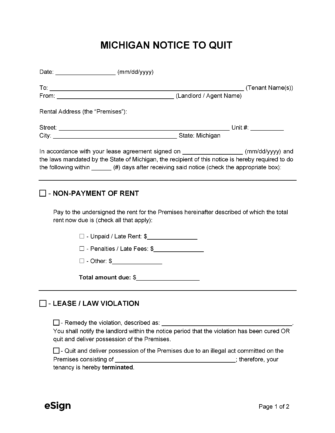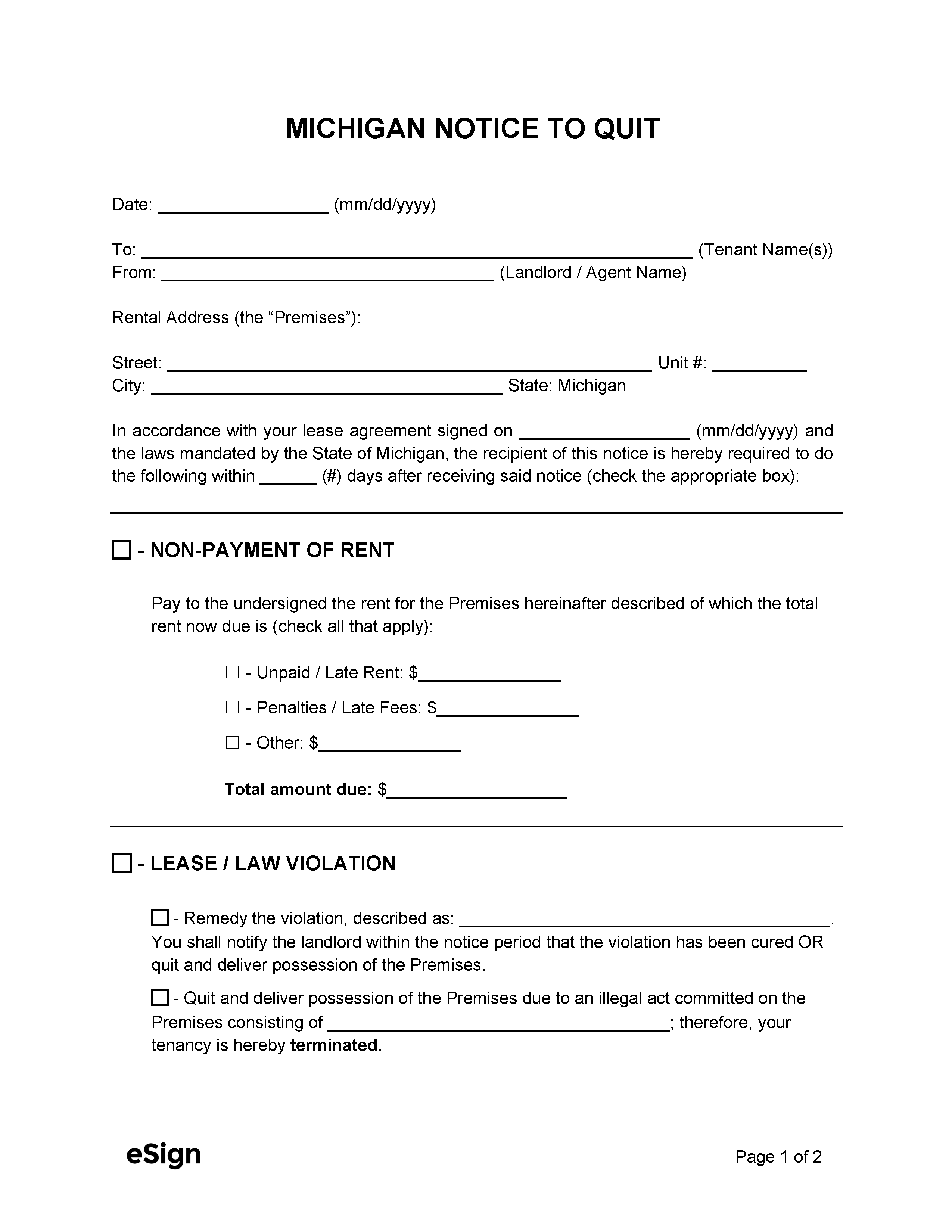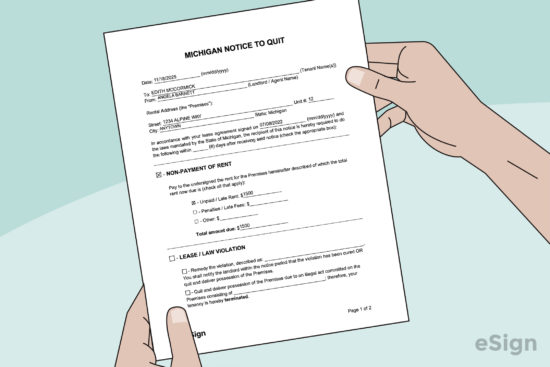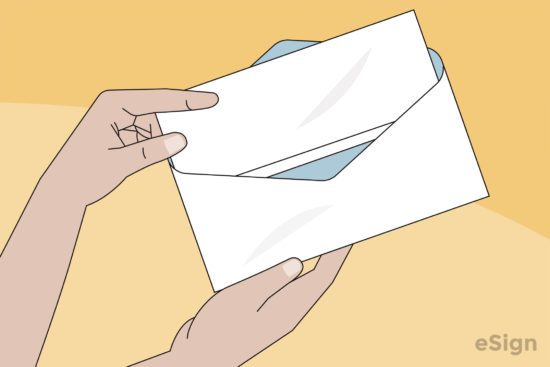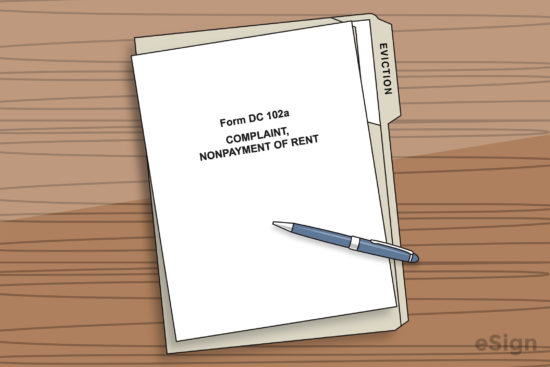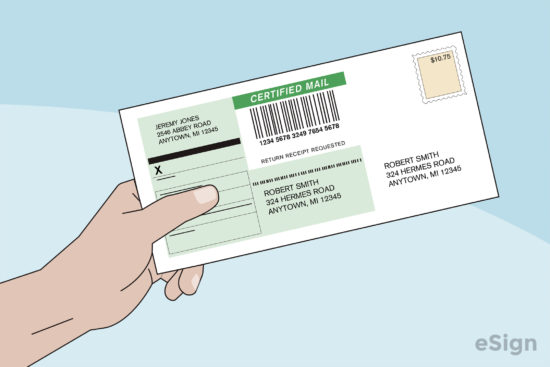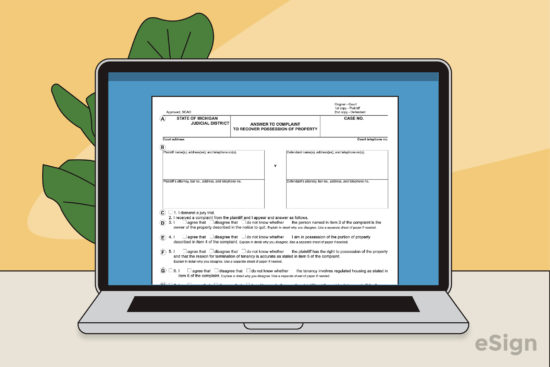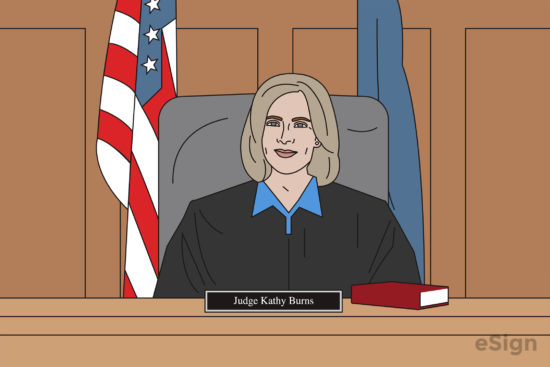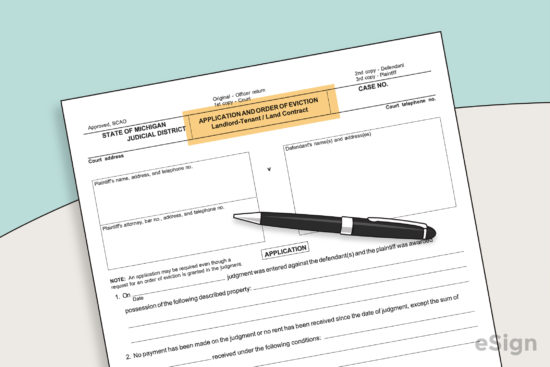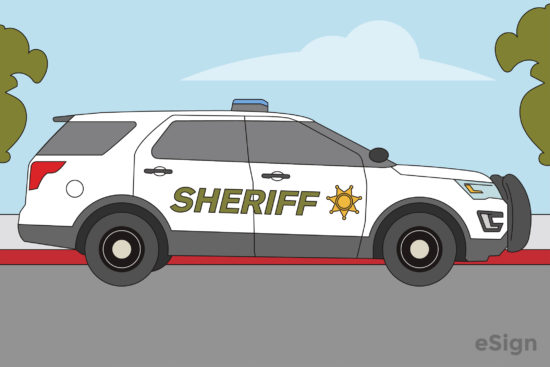Eviction Notices: By Type (7)
7-Day Notice to Quit | Non-Payment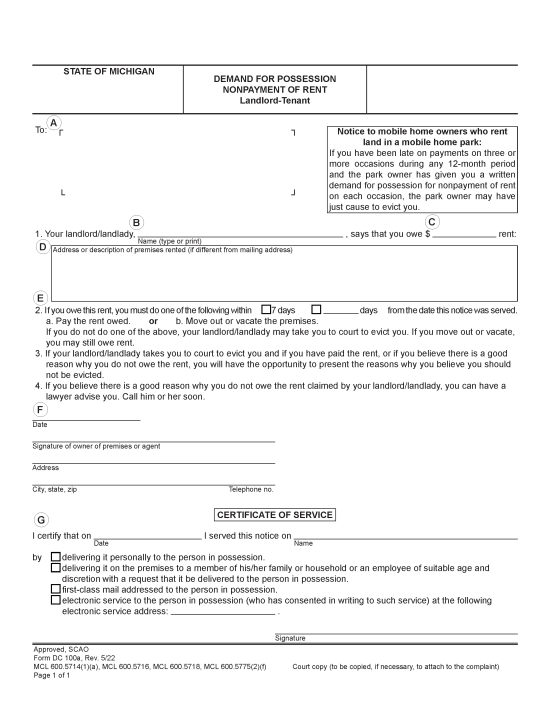 – Provides a tenant with seven days to pay rent or quit the premises. – Provides a tenant with seven days to pay rent or quit the premises.
Download: PDF |
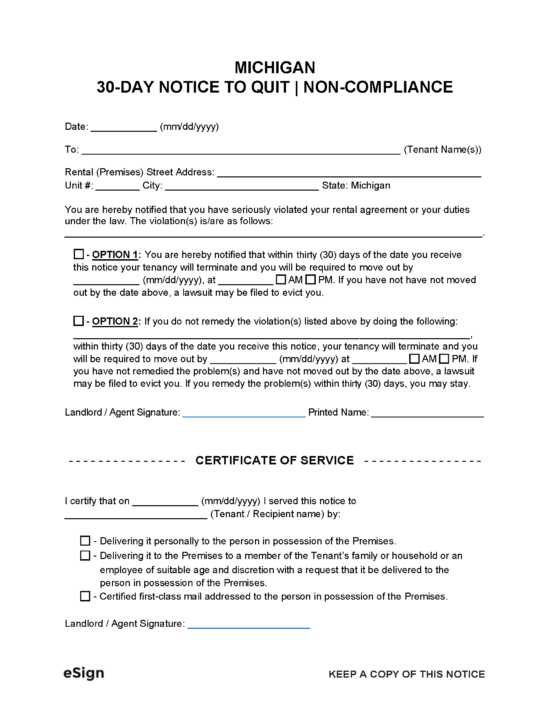 30-Day Notice to Quit | Non-Compliance – Informs a tenant that they have 30 days to move out or remedy a lease violation. 30-Day Notice to Quit | Non-Compliance – Informs a tenant that they have 30 days to move out or remedy a lease violation.
Download: PDF, Word (.docx), OpenDocument
|
7-Day Notice to Quit | Damage/Health Hazard to Property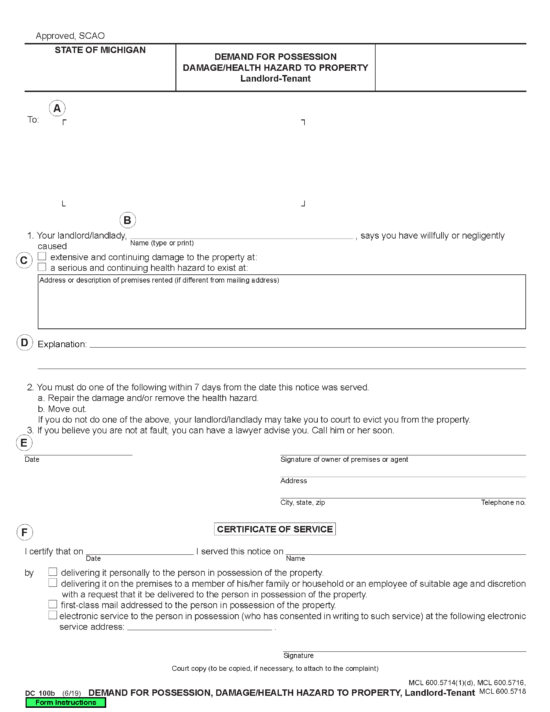 – An eviction notice for tenants who create a health hazard or damage the property in a serious and continuing manner. – An eviction notice for tenants who create a health hazard or damage the property in a serious and continuing manner.
Download: PDF |
1-Month Notice to Terminate Month-to-Month Tenancy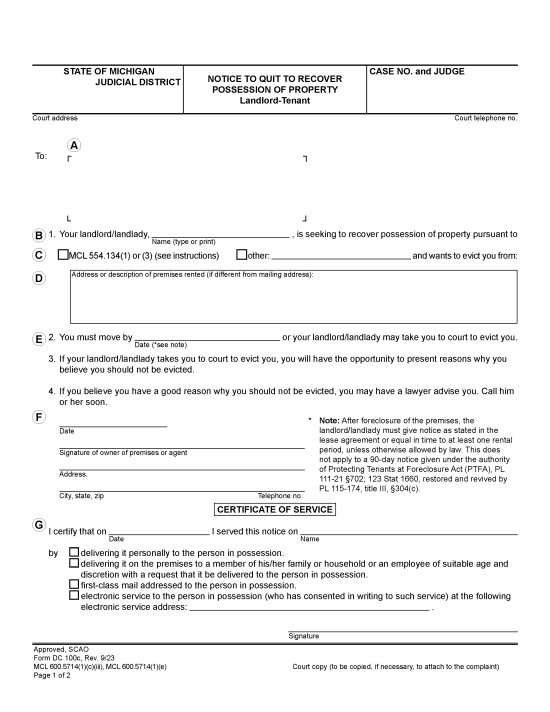 – Terminates a month-to-month tenancy with one month’s notice. For use by landlords only. – Terminates a month-to-month tenancy with one month’s notice. For use by landlords only.
Download: PDF |
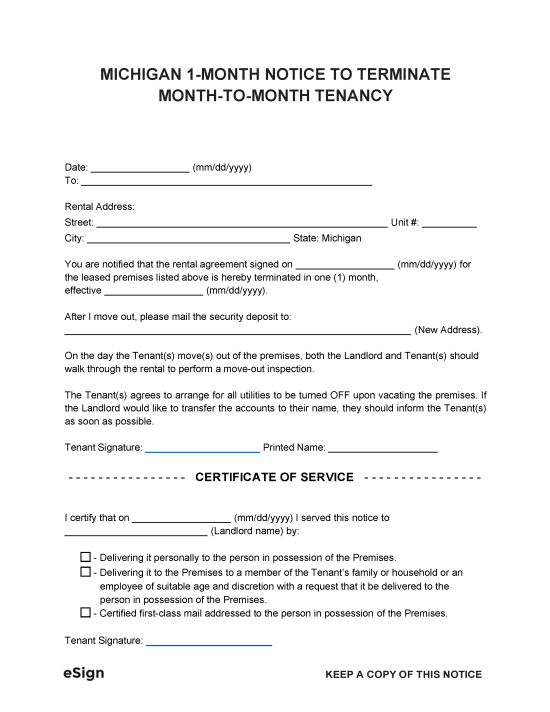 1-Month Notice to Terminate Month-to-Month Tenancy (for Tenants) – Used by tenants to terminate their month-to-month lease with their landlord. 1-Month Notice to Terminate Month-to-Month Tenancy (for Tenants) – Used by tenants to terminate their month-to-month lease with their landlord.
Download: PDF, Word (.docx), OpenDocument |
24-Hour Notice to Quit | Unlawful Drug Activity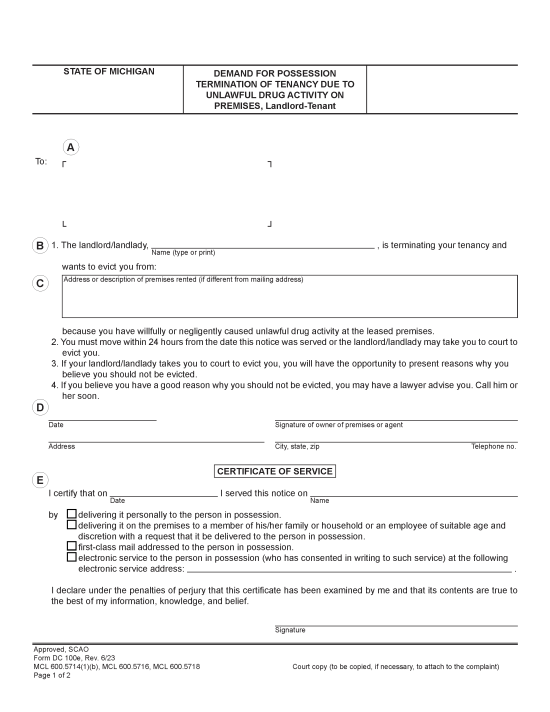 – Informs a tenant that they have 24 hours to vacate due to unlawful drug activity on the premises. – Informs a tenant that they have 24 hours to vacate due to unlawful drug activity on the premises.
Download: PDF |
Immediate Notice to Quit | Forceful Entry, Forceful Stay, Trespass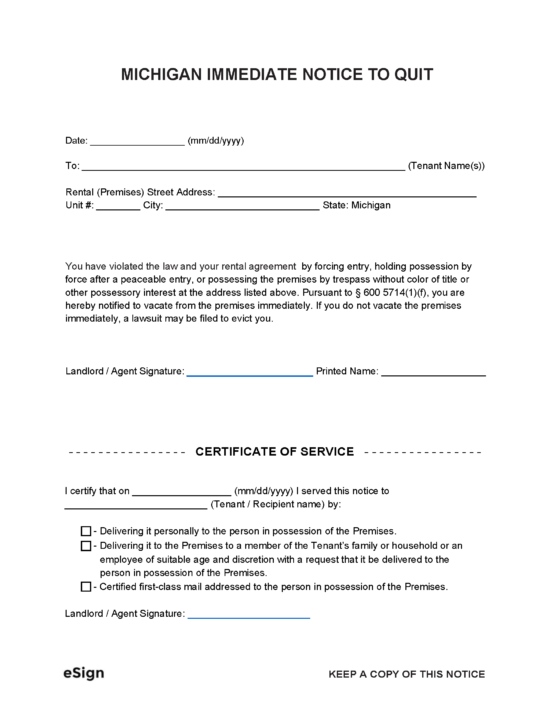 – Used to tell an unlawful tenant or occupant to move out immediately. – Used to tell an unlawful tenant or occupant to move out immediately.
Download: PDF, Word (.docx), OpenDocument |
Notice Requirements
- Grace Period: Not mentioned in state statutes.
- Non-Payment of Rent – 7 days.[1]
- Non-Compliance – 30 days.[2]
- Periodic Tenancy Termination – 1 month.[3]
- Damage/Health Hazard to Property – 7 days.[4]
- Unlawful Drug Activity – 24 hours.[5]
- Forceful Entry, Forceful Stay, Trespass – No notice required.[6]
How to Evict a Tenant in Michigan
Step 1 – Prepare Eviction Notice
The landlord must first prepare a notice to quit or “demand for possession” before they can file for eviction.
Step 2 – Serve Eviction Notice
The notice must be served using one of the following methods:
- Personal delivery to the tenant
- Personal delivery to a member of the household who is of suitable age
- Delivery by first-class mail to the tenant’s address
- E-mail (if allowed in the lease)
Step 3 – File Eviction Complaint
If the tenant fails to comply with the notice before it expires, the landlord can initiate an eviction lawsuit by filing a Complaint with the district court where the property resides.
- Complaint, Non-Payment of Rent (Form DC 102a)
- Complaint, Damage/Health Hazard to Property (Form DC 102b)
- Complaint to Recover Possession of Property (Form DC 102c)
A copy of the Notice to Quit and the tenant’s lease must be attached to the Complaint.
Step 4 – Serve Eviction Paperwork on Tenant
After the landlord submits the Complaint, they will need to file a Summons (Form DC 104). The Summons notifies the tenant of the eviction lawsuit and trial date.
The landlord must arrange to have the tenant served with the Summons, Complaint, and a copy of the Notice to Quit and lease. These documents must be sent to the tenant by first-class mail and delivered by an officer or process server.
Step 5 – Tenant Files Answer
The tenant can respond by preparing an Answer by the trial date indicated on the Summons.
An Answer may be submitted orally to the court or in writing using one of the following forms:
- Answer to Complaint to Recover Possession of Property (Form DC 111c)
- Answer, Damage/Health Hazard to Property (Form DC 111b)
- Answer, Non-Payment of Rent (Form DC 111a)
If the parties wish to settle the matter and avoid trial, they can file a Consent Order for Conditional Dismissal (Form DC 508).
Step 6 – Eviction Trial
Both the tenant and landlord will need to attend the eviction trial on the date stated in the Summons. Failure by either party to appear in court may result in a ruling in the other’s favor.
If a Judgment is ruled in favor of the landlord, the tenant will be ordered to pay rent, remedy the issue, or vacate the property. If the tenant wins the case, they will be permitted to retain their tenancy.
Step 7 – Order of Eviction
If the tenant doesn’t make an appeal within ten days, the landlord must file an Application and Order of Eviction (Form DC 107) to request an Order of Eviction.
Step 8 – Evict Tenant
Once the Order of Eviction is issued, an officer/sheriff will visit the property and remove the tenant.
Court Forms + Resources
Forms
- Answer to Complaint to Recover Possession of Property (Form DC 111c)
- Signed by: Tenant
- Answer, Damage/Health Hazard to Property (Form DC 111b)
- Signed by: Tenant
- Answer, Non-Payment of Rent (Form DC 111a)
- Signed by: Tenant
- Application and Order of Eviction (Form DC 107)
- Signed by: Landlord, Judge, and Officer or Sheriff
- Complaint to Recover Possession of Property (Form DC 102c)
- Signed by: Landlord
- Complaint, Damage/Health Hazard to Property (Form DC 102b)
- Signed by: Landlord
- Complaint, Non-Payment of Rent (Form DC 102a)
- Signed by: Landlord
- Consent Order for Conditional Dismissal (Form DC 508)
- Signed by: Landlord and Tenant
- Judgment, Landlord-Tenant (Form DC 105)
- Signed by: Judge
- Summons (Form DC 104)
- Signed by: Landlord, Clerk, Officer or Process Server, and Notary Public
Resources
